Cultivating medicinal herbs indoors is helpful for the homesteader. It increases the homegrown herbal remedy ingredients all year round. Plus, these herbs are not only applicable for home remedies – most medicinal herbs can be used for culinary purposes as well.
Benefits of Growing Medicinal Plants Indoors
Windowsill herb gardens were once common in America, as growing your spices and herbs allows families to get them anytime at a fraction of the price they’d buy them at a grocery store.
Medicinal herbs can brighten up the home during the gloomy winter months and the early spring when the flowers produce once plants mature. The pleasing scent of the herbs can also cheer up your mood as the mild fragrance saturates your indoor air.
It allows you to cultivate varieties of herbs and healing plants in the comforts of your own home. So, when a member of your family wakes up with a little cough, they can simply walk to the windowsill or the indoor garden, snip off a bit of mint and thyme, and quickly concoct a healing herbal tea to soothe their scratchy throat naturally.
Even homesteaders who live on land inside a tiny house can grow lots of medicinal herbs indoors. While many only need a windowsill, others need a bit more growing room. The vertical space available on walls that get good sun can help maximize the growing space.
Easiest Medicinal Plants to Grow Indoors
Growing herbs is not hard to do, and it’s not difficult to cultivate one inside your home! So, when it’s winter, you can still take care of a growing plant without needing to get out of your house. Here are some easy medicinal plants you can try to grow indoors:
1. Aloe vera
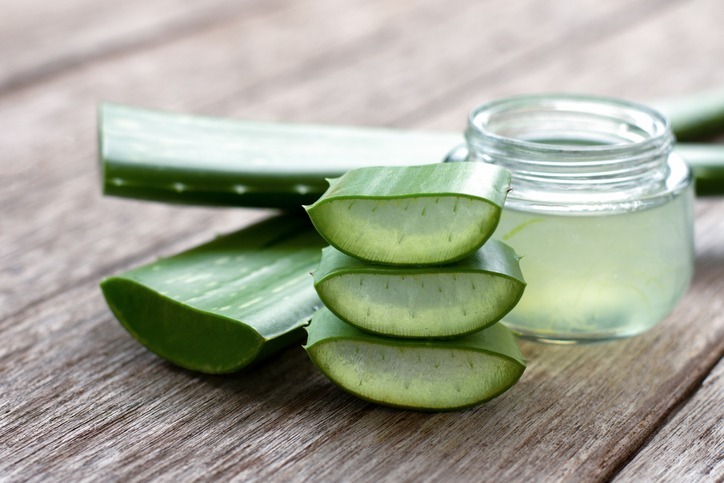
Chances are, you’ve already used aloe vera to soothe your sunburn or burns from cooking. Snap open this aloe leaf, and you’ll get a clear gel that can be used as a home remedy for all sorts of skin ailments. It can soothe sunburns, heal minor cuts, moisturize dry skin, and even promote hair growth. For its healing and skin-soothing properties, it’s also used as an ingredient to a lot of beauty products like moisturizers and soaps.
This incredible gel plant is easy to grow anywhere, and it thrives indoors. Aloe is succulent, so it prefers loose, dry soil. It doesn’t like being wet, so make sure your pot has plenty of drainage holes, and your soil comes with sand or perlite. Allow the soil to go completely dry before watering. It’s a hardy plant that’s difficult to kill, but if you do kill it, it’s most probably because you’ve given it too much water. It’s a pretty low-maintenance plant that likes a lot of sunshine and warmth, so don’t grow it in the basement. Put it in a bright window or sunroom.
2. Thyme
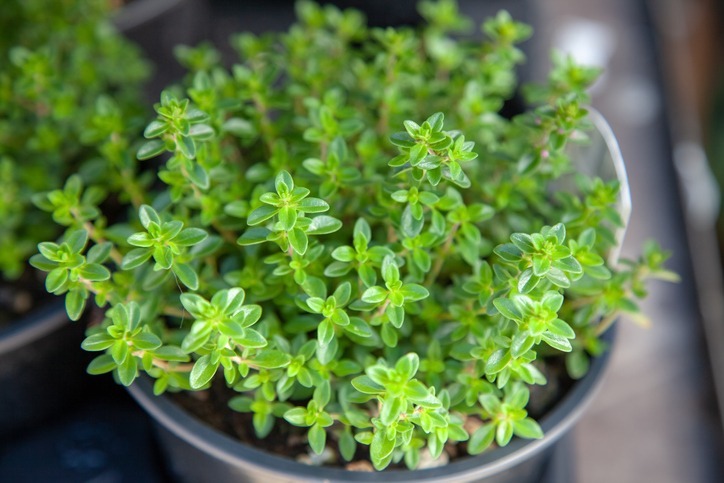
Thyme is an incredible herb to grow, and it fits in small containers, making it ideal for indoor gardening. It’s one of the most popular herbs around, and it’s known for its antiseptic, antibacterial, and insecticidal properties. It can help boost the immune system, treat diarrhea, persistent coughs, stomach aches, arthritis, and bronchitis. It can help kill bacteria and fungi that cause various diseases.
Thyme plants can thrive in full sun and lightweight and well-draining soil. For best results, start seed indoors and transfer seedlings to a container when sprouts appear. It must be planted one-fourth of an inch deep in the soil.
3. Lemon balm
Lemon balm is one of the best herbs with medicinal qualities that can be incredibly helpful for you. It’s best known as a natural breath freshener and an attractor of pollinators, but it has far more benefits for the homesteader. It can act as sleep and digestive herb, and it can help treat liver and bile issues. It’s a mild sedative that can relax the nervous system, which might help people with mild situational anxiety or depression.
To grow lemon balm indoors, use well-drained clay or sandy loam soil. It grows well in areas with warm climates. Water it regularly but try not to overwater. It doesn’t need any fertilizers, but if you wish, you can add organic compost to the soil to encourage rapid growth.
4. Coriander / Cilantro
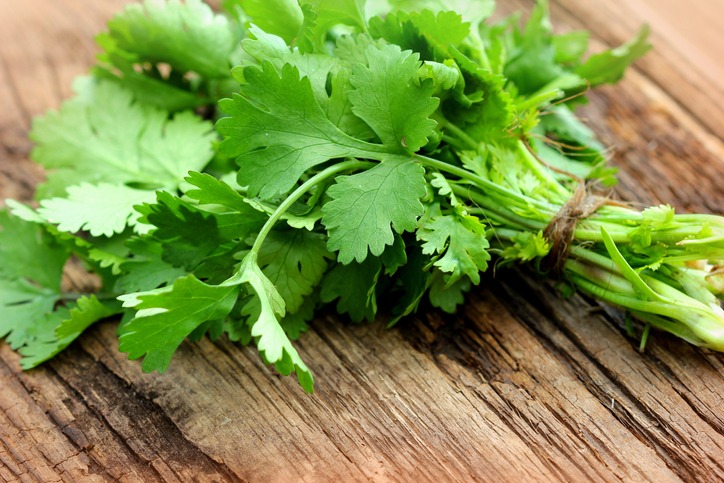
Every coriander plant can be used in medicinal and culinary recipes. Cilantro has antioxidant contents that can help the digestive system, lower blood sugar, and assist the digestive system. It can also be used to help cure anemia, skin disorders, and lower cholesterol levels. It’s commonly used for garnishing and flavoring dishes, but in doing so, you can make your meals more nutritious – as cilantro contains iron, fiber, magnesium, and vitamins A, C, and K.
You can start growing coriander by cutting the roots and placing them in fertile soil. If you can’t find the roots, you can let them grow by putting a cutting in a glass of water. When the roots sprout, transfer them to a pot and water them at regular intervals. Place coriander plants in areas that receive a lot of sunlight to a partial shade. It needs moist and well-draining soil to thrive.
5. Tarragon
Tarragon is another herb that has a lot of medicinal uses. It can be used to treat toothache, insomnia, digestion problems, and blood sugar problems. It can also help deal with water retention, increase appetite, and jumpstart menstruation.
This aromatic herb is easy to grow. It must be sown about four to six inches deep in a medium-sized container. Plant it in a lightweight and moist potting soil mix. Use a paper towel or cotton cloth to cover the planted tarragon seeds until they sprout once they are sprouted up to about two inches tall, thin them out, and transplant them into their containers.
6. Basil
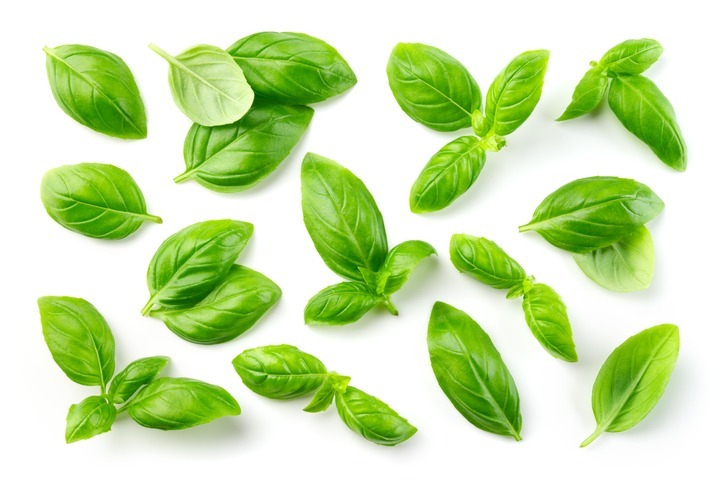
Basil is a favorite herb by many, as it is used to flavor delicious meals like pasta, soups, and pizza. But this herb offers more than flavoring – it has medicinal properties that can help relieve flatulence, treat kidney issues, deal with fluid retention, help remove warts, and relieve cold symptoms. It can also be used topically for faster recovery from cuts and scrapes. It’s also said to have anti-parasitic properties that can help in deworming both man and animals. Basil can also act as a mosquito repellent when planted indoors.
Basil is easy to grow. Plant seeds or small plants one-fourth of an inch deep in pots with rich, organic soil. Use moist, well-draining soil. Place them in areas that receive a lot of sunlight – best if it’s in a south-western window for better sunlight. Don’t water the plant until the soil is dry when touched, and always water at the base, not from the top.
7. Rosemary
Rosemary is a classic medicinal herb from the mint family. When dried, it’s usually added to add flavor to dishes, especially meat. Herbalists have used rosemary for centuries to soothe muscle pain, enhance memory, boost the circulatory and immune systems, and even increase hair growth. It’s a natural breath refresher and can help heal minor wounds, insect bites, and other common skin irritations.
It can be hard to grow rosemary from seeds, but it’s an easy one to grow from a sprout. Plant the seeds by sprinkling them on the surface of the soil and covering them with about half an inch of a seed-starter mix. Keep the seeds moist but not soggy. Wait for two to three weeks for it to sprout, then plant it in containers for indoor gardening. Place it in well-draining soil in an area with partial shade to full sun.
8. Sage
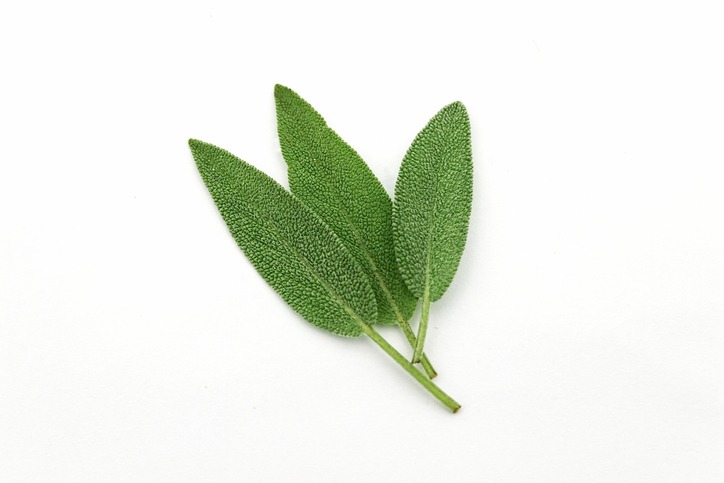
Sage is a classic ingredient for roasting and stuffing. Like rosemary, it comes from the mint family, and it can be used for a lot of home remedies. This herb can treat dyspepsia, hot flashes, stomach upset, indigestion, flatulence, diarrhea, bloating, and heartburn. It can also help alleviate memory loss, throat and mouth inflammation, and lower blood pressure.
Sage is an excellent windowsill plant, and it prefers a medium to full sun environment. It must be planted one-fourth of an inch below the soil, which must be loamy, sandy, and well-draining. It takes a lot of time to grow it from seeds, so it’s better to start with a tip cutting. Water the plant at regular intervals.
9. Parsley
The leaf, seed, and root of the parsley plant can be used to make herbal remedies. Besides being a spice to recipes and salad dressings, parsley is most often used to treat kidney stones and urinary tract infections. It can also help ease gastrointestinal issues, constipation, diabetes, and asthma. It can help with bad breath and reduce the feelings of a hangover.
Parsley is a common herb that’s very easy to grow. It propagates from seeds and does not root in water. Set the pot in partial shade to full sun in soil that is rich and moist. Keep the roots cool by adding mulch around the base of the plant.
10. Oregano
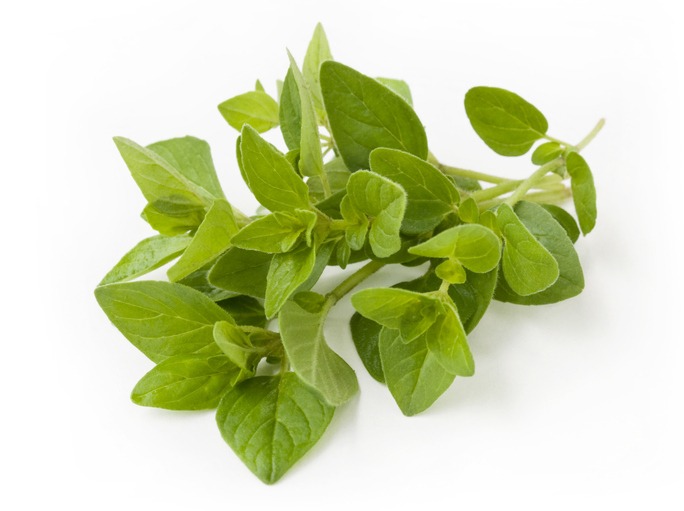
Oregano is another potent herb that can be used medicinally. It’s great for adding flavor to dishes, especially in tomato sauce-based dishes, but it’s also known for its herbal benefits. It can help treat high cholesterol, relieve pain, act as an antibiotic, enhance gut health, treat yeast infections, and act as a natural pain reliever. It’s great for easing symptoms of coughs, colds, and flu.
This herb grows best in well-draining soil. The best way to start an oregano plant indoors is from a tip cut, but it can also be started from seeds. Place it in partial to full sun and water only when the soil is dry.
11. Peppermint
Peppermint is a hybrid plant made as a cross between watermint and spearmint. Due to its medicinal properties, it is now being cultivated and used in many parts of the world. Peppermint essential oil is one of the most known oils with its antimicrobial and healing properties. Besides, if you grow peppermint inside the home, you can use peppermint leaves to make tea which helps in cold-related infections such as flu, cold, and sore throat as well. It also works well as an antiseptic and a bile secretor so you need it at your home for its first aid kit properties.
As far as the growth of peppermint is considered, it requires a sunny location along with moist soil which is why we recommend you keep it near a window. Partial shade is acceptable but most of the day should be spent in active sunlight. This will also contribute to the healthy growth of this plant. It is recommended that one should harvest the leaves before and during the flowering season. Once the flowering period is over, you should not harvest the leaves.
12. Chamomile Plant
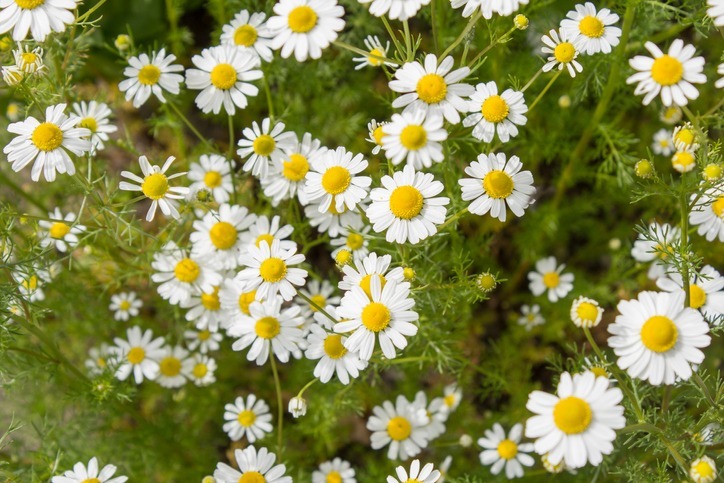
The chamomile plant is not only a medicinal plant that can be grown at home, but rather it is also one of those which adds more to the beauty because of its flowers. There are several benefits of chamomile which include the primary anti-inflammatory properties as well as working as a carminative. This allows you to have limited digestive problems as well as cure problems regarding inflammation. Besides, chamomile is also used to make essential oil known to cure mental health problems such as anxiety, stress, nervousness, and insomnia. It is used for aromatherapy as well.
As far as the growth of chamomile is concerned, it should be planted in part shade part sunny. The growth would be in full sun. The soil does not require a lot of water and should stay dry. Therefore, it requires very little care at your end. Chamomile grows best when grown separately from other herbs. The flowers of the chamomile plant are edible.
13. Lavender
If you are looking for a plant that will give some amazing fragrances as well as add more to the beauty of your home, lavender is just what you need. This flowery plant has purple flowers which are also commonly used in creating different types of fragrances and air fresheners. The many benefits of lavender include aromatherapy which can be used to aid the positive feelings in you. Other issues such as depression and stress are also relieved with a lavender plant being in your house. The flowers can be used to make essential oil too which has its own set of mental health benefits. It also helps in the treatment of various skin conditions as well.
Growing lavender is a job you need to take seriously because it requires full sun and well-drained soil. It is recommended to grow this plant during the start or mid of the summer season because sunlight helps a lot in its growth. The soil needs to be moderately fertile and not too much. Therefore, don’t use any excessive fertilizers, especially at the time you plant the lavender.
In case you want to cook with flowers, here are a few recipes to follow – Recipes for Cooking with Flowers
Conclusion
There are plenty of medicinal plants that can be grown at home and we have mentioned 13 of the easiest medicinal plants to grow indoors above. We recommend that you try to have most of these set up at your home because of their mental and physical health benefits. Consider factors such as climate, temperature, soil, and water requirements before getting a particular plant. Essential gardening tools will also help you in growing these plants.

